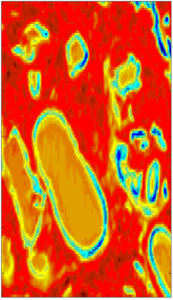MINERVA final project report was issued Oct-2017.
The MINERVA workshop was held 30-Jun-2017 in Munich. More info is available here!
MId- to NEaR infrared spectroscopy for improVed medical diAgnostics
In recent years it has become clear that a technology known as mid-IR imaging spectroscopy has the potential to open a new chapter in bio-medical imaging. There is good evidence that it could be an effective tool for early cancer diagnosis and improved survival rates. The mid-IR covers the bio-molecule “fingerprint region” and can be used to identify tiny quantities of chemicals associated with important diseases.
Early work based on a direct search for “cancer marker” absorption peaks has proved of limited value. However, great progress has been made in recent years by analysing the entire bio-molecular mid-IR spectral signature using automated algorithms. Mathematical techniques, especially multi-variate analysis, map the distribution of different related molecular species. Computer programs then search for and identify known patterns that have been shown to be linked with cancer, allowing improved early diagnosis.
To date, the lack of suitable sources, detectors and components in the mid-IR has restricted the technology to one of academic interest, based on weak thermal sources, low power lasers or synchrotron research tools.
The MINERVA project will take advantage of several new breakthroughs in photonic technology to develop a new mid-IR technology platform and processes for early detection of cancer.
The project has issued its final newsletter (Sep-2017)!!!



